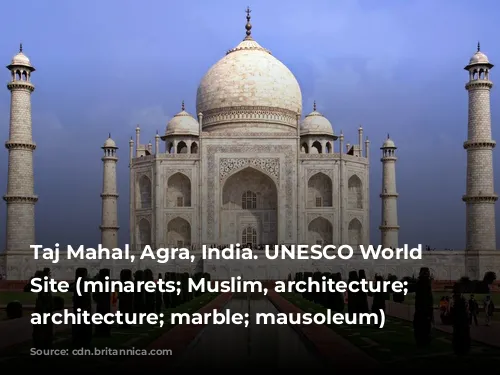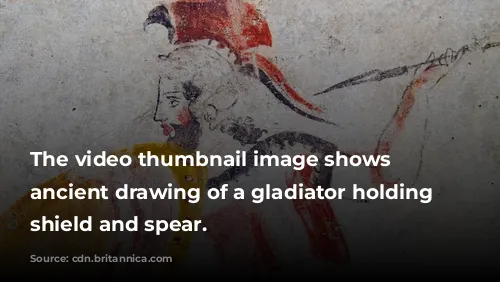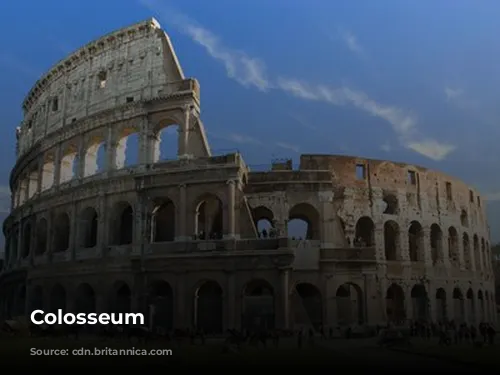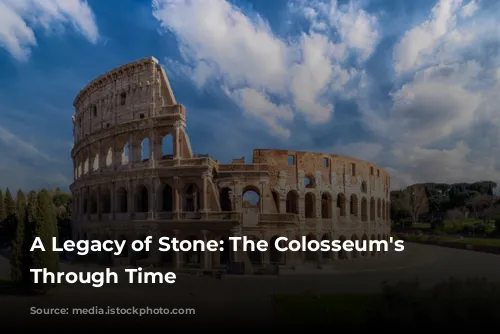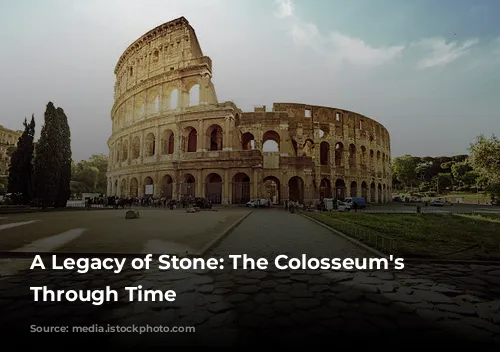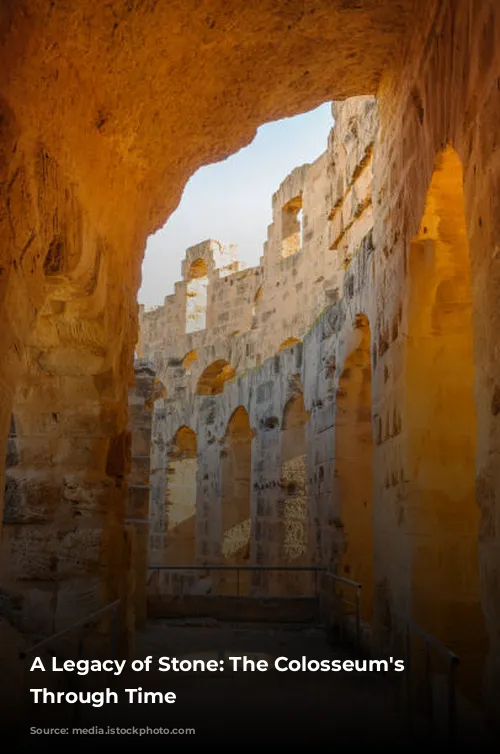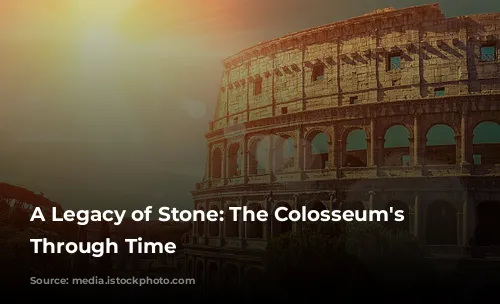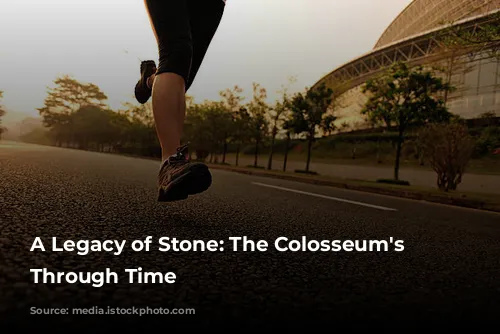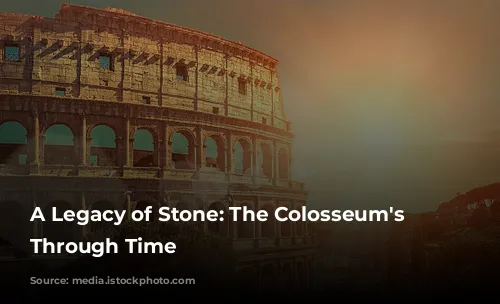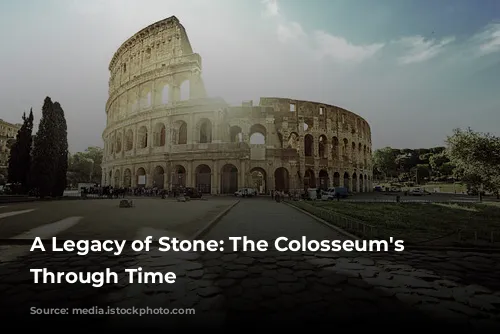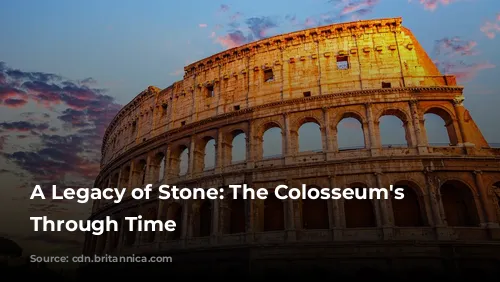The Colosseum, a majestic monument to Roman ingenuity and architectural brilliance, stands today as one of the few largely intact structures from the Roman Empire. More than just a historical relic, it’s a significant driver of tourism revenue for Italy. In 2018, the Colosseum, Roman Forum, and Palatine Hill collectively generated over $63.3 million (€53.8 million), making it the most lucrative tourist attraction in the country.
This incredible feat is even more remarkable considering the Colosseum’s turbulent past. After the fall of the Western Roman Empire, the monument fell into a state of severe disrepair. In the 12th century, powerful families, the Frangipane and Annibaldi, appropriated the arena, transforming it into their fortress. The 15th century saw the Colosseum exploited as a quarry under the authorization of Pope Alexander VI. After centuries of neglect, restoration efforts, funded by the state, finally began in the 1990s, breathing new life into this iconic structure.
A Symbol of Imperial Power
The Colosseum’s construction was born out of a desire to revitalize Rome following the chaotic “Year of the Four Emperors” in 69 CE. Emperor Vespasian, like his predecessors, envisioned the Colosseum as a center of entertainment, a place to host gladiatorial combats, animal hunts, and even staged naval battles. This grand amphitheater was intended to showcase Rome’s power and grandeur, a fitting symbol for the empire’s resurgence.
The Colosseum’s construction began under Vespasian between 70 and 72 CE. His son and successor, Titus, officially dedicated the completed structure in 80 CE. Domitian, Titus’ successor, added the fourth story in 82 CE. It’s important to note that the Colosseum’s construction was financed using spoils from Titus’s conquest of Jerusalem in 70 CE, and enslaved Jews from Judaea were forced to participate in its building.
A Monument of Engineering Marvel
The Colosseum, also known as the Flavian Amphitheater, is an elliptical structure built using stone, concrete, and tuff. Towering four stories high, it measures a staggering 620 by 513 feet (189 by 156 meters) and could accommodate up to 50,000 spectators. This remarkable structure, famously known for its gladiatorial combats, serves as a testament to Roman engineering prowess.
Located just east of the Palatine Hill, on the grounds of Nero’s Golden House, the Colosseum stands as a symbol of change. The artificial lake, once the centerpiece of Nero’s extravagant palace, was drained to make way for this public amphitheater. This decision was not only practical but also symbolic: Vespasian, a man of humble origins, replaced Nero’s private lake with a public space that could host tens of thousands of Romans.
A Glimpse into Roman Life
The Colosseum’s inauguration in 80 CE was marked by a grand 100-day celebration filled with games and spectacles. Unlike earlier amphitheaters, which were often built into hillsides for structural support, the Colosseum is a freestanding masterpiece of stone and concrete. The structure’s exterior features three tiers of arcades, each adorned with engaged columns in the Doric, Ionic, and Corinthian orders. This arrangement of columns inspired the Renaissance concept known as the “assemblage of orders”.
The main framework and facade were constructed using travertine, while volcanic tufa was used for the secondary walls. The inner bowl and arcade vaults are made of concrete.
A massive retractable awning, known as a “velarium”, shielded the spectators from the sun. Hundreds of Roman sailors were required to manipulate the rigging that extended and retracted this awning, supported by masts attached to corbels built into the Colosseum’s top story.
The Colosseum witnessed countless gladiatorial combats, contests between men and animals, and even mock naval battles. While the Colosseum’s role in the martyrdom of early Christians remains uncertain, its history is interwoven with the fabric of Roman life.
From Glory to Neglect and Back Again
In medieval times, the Colosseum underwent a significant transformation. It was first utilized as a church and later served as a fortress for two powerful Roman families, the Frangipane and Annibaldi. Sadly, the Colosseum suffered considerable damage from lightning strikes, earthquakes, and vandalism. Valuable marble seats and decorative elements were plundered, reducing the site to a quarry for over a thousand years.
The 19th century marked the beginning of the Colosseum’s preservation, with notable efforts spearheaded by Pope Pius VIII. Restoration efforts gained momentum in the 1990s, bringing the monument back to its former glory. Today, the Colosseum stands as one of Rome’s most visited tourist attractions, welcoming nearly seven million visitors annually. Regular exhibitions showcasing the culture of ancient Rome further enhance the Colosseum’s appeal, offering visitors a captivating glimpse into the grandeur of the Roman Empire.
